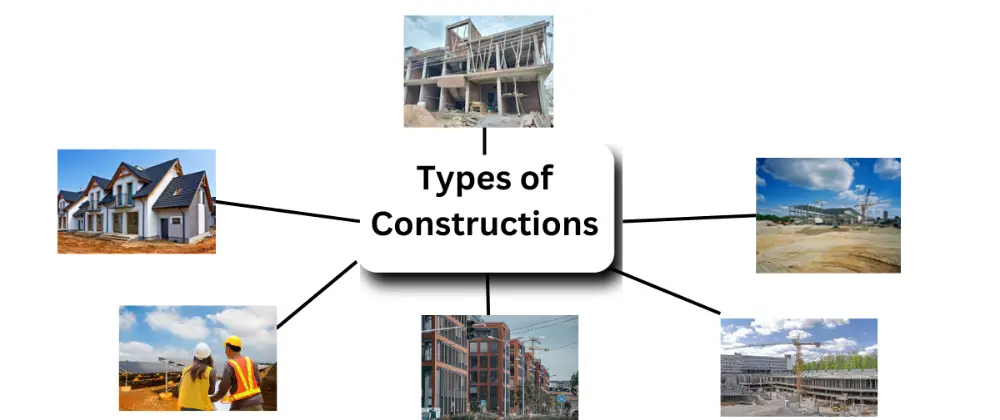Buildings are considered an important part of human life. They provide shelter, safety, comfort, storage of belongings, and privacy to work and live. According to the project’s requirements, the construction methods may vary. Buildings are not only made for sheltering or work; they can also serve various industries. So each building serves its unique purpose and can be used for many things. In this article, we are going to explore different kinds of constructions and their building methods in brief.
Types of Constructions
Each construction project has its own set of requirements and specific goals to be met. Constructions can be built according to the needs of the project owner, whether it is residential, commercial, or a monumental infrastructure. Knowing these categories helps you make better decisions and provides insight into the sector.
Residential Construction
A residential construction is a place that provides separate residences for each family to lead their life along with their family members. It includes a bedroom, kitchen, bathroom, and living areas to make their life come under one roof. People may stay safe and create a community where they can live. For example, apartments or condominiums. It comes into the following general categories:
- Single-family homes are independent residences for a single family, frequently with a private garden and no shared walls. The measurements and planning of each project may differ according to the client’s wish.
- A multi-unit residential building may consist of condos, duplexes, flats, and townhouses. These buildings are perfect for metropolitan settings or community-style living because they house several families under one roof.
- Custom-built homes are designed and constructed following the wishes of the client, enabling a completely customised ideal residence.
- Manufactured homes are inexpensive, easily assembled, and delivered to their location. The low-cost manufactured homes are mobile and modular.
Commercial Construction
Commercial constructions are designed for business and commercial purposes. Restaurants, office buildings, retail stores, and hotels are considered commercial. Builders can create space to support these structures for their functions and various business activities. Typically, commercial construction projects are financed by loans and private investment and are larger than residential ones. Additionally, the building sites are larger, and specialised equipment is frequently needed for these projects.
Industrial Construction
The manufacturing and production of items or materials can be done in industries. This type of construction involves specified methods to install highly specialised machinery for its various functions. This can be built efficiently by specialised experts in the construction field. The two major types of industrial construction are as follows:
Distribution and Warehouse: These structures hold and move commodities. Large garage doors, semi-trailer parking areas, and loading docks are among the features.
Manufacturing: Equipment used in the mining, shipbuilding, and oil industries is housed in manufacturing facilities. They have extensive ventilation systems to eliminate fumes, air or water lines for machinery, and a three-phase power supply for heavy machinery. Storage tanks and floor drains are also included in these facilities.
Infrastructure Construction
This category includes structures that serve humans for a variety of purposes. Infrastructure projects that can be helpful for the people, such as bridges, roads, dams, tunnels and water and sewage systems. These structures are tremendous in supporting transportation, water conservation, and proper sewage management. These are the ultimate things that support the lives of ordinary people.
Institutional Construction
Institutional constructions are critical in the development of public and private buildings. Schools, colleges, hospitals, government banks, and other religious buildings come under this category. It includes different functions, safety measures, and accessibility for the users.
Environmental Construction
Projects that defend the surrounding atmosphere come under this category. Establishing environmentally friendly building structures promotes the ecosystem and balances the living things around it. Several works like waste management facilities, pollution control systems, and environmental cleaning processes may enhance the living standard of the people and the life cycle of other living things in the environment.
Retail/ Wholesale Construction
Retail construction is used for planning, designing, and construction of retail or wholesale activities. These construction projects help sell goods at the built structures. This project helps in constructing spaces that support business activities like buying or selling goods, storage of materials, logistics services, etc.
Mixed-Use Development
Different types of land that can be used for the construction of urban projects or any other real estate projects come under this category. To create a diverse environment, they can integrate residential, commercial, or industrial projects into a single project or development area. This approach to building structures can promote the livelihood of the people living in the surrounding area.
5 Types of Building Construction
The size, shape, and construction techniques of buildings are referred to as building construction types. These types emphasise safety and fire resistance. Every type has distinct qualities that make it appropriate for particular uses. Selecting the best one for a job is made easier when you understand them.
The following are the five primary categories of building construction:
Type 1 Construction: Fire Resistive
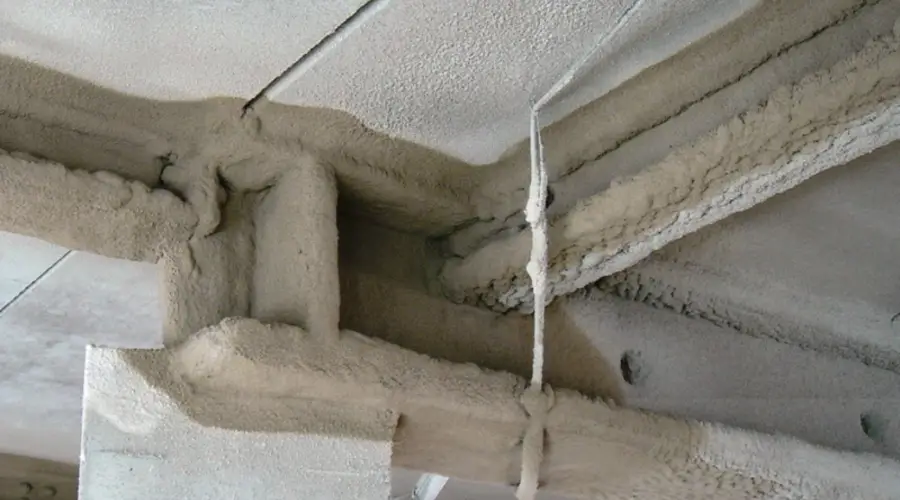
Materials like concrete and steel are used to build structures with high fire-resistant properties to withstand high temperatures. This type of building includes sprinkler systems and emergency exits. When a fire occurs in the structures, it will provide some time for the occupants to evacuate the building.
Type 2 Construction: Non-Combustible
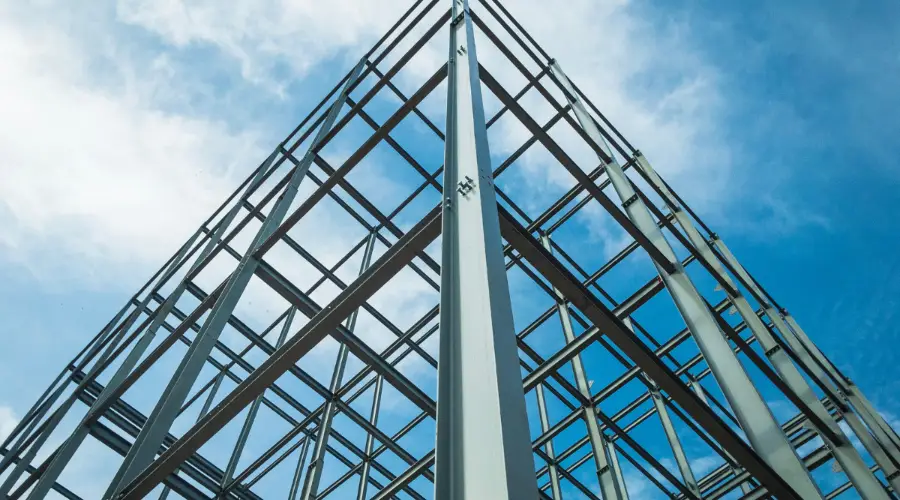
The ultimate goal of this construction type is to build materials that are not combustible. The materials used to construct Type 2 buildings include concrete, drywall, and metal. Although they are less fire-resistant and could have height restrictions, they are more robust, long-lasting, and reasonably priced than Type 1 structures. They frequently have sprinkler systems, fire alarms, and fire-resistant walls and doors to improve safety.
Type 3 Construction: Ordinary
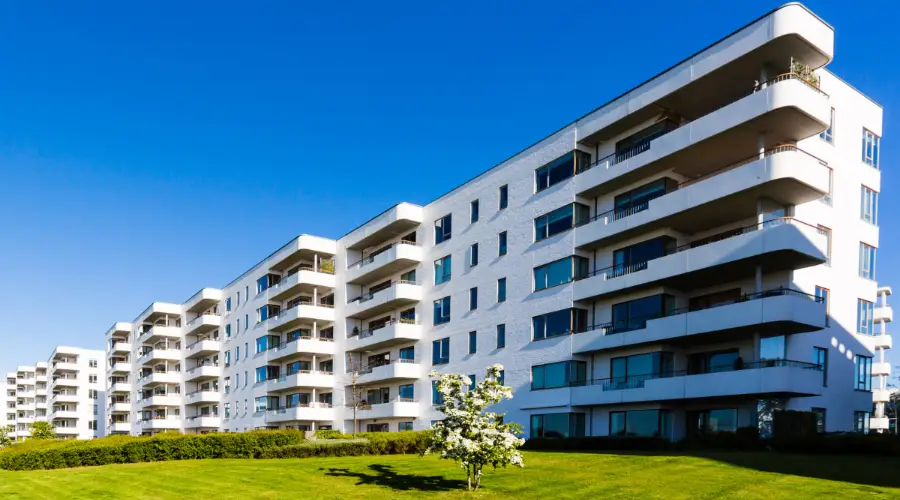
Type 3 building uses brick or masonry for the outer walls, which are fireproof, and wood for the interior to save money. Compared to Types 1 and 2, this design is less expensive and quicker to construct because it strikes a balance between price and durability. Nevertheless, it is less fireproof, particularly inside, and might weaken over time.
To prevent a fire from spreading throughout the building, division and fire-rated walls are frequently constructed. Because of their design’s versatility for alterations and upgrades, these structures are commonly employed for urban developments. They are still a popular option because of their affordability and simplicity of construction, even with their drawbacks.
Type 4 Construction: Heavy Timber
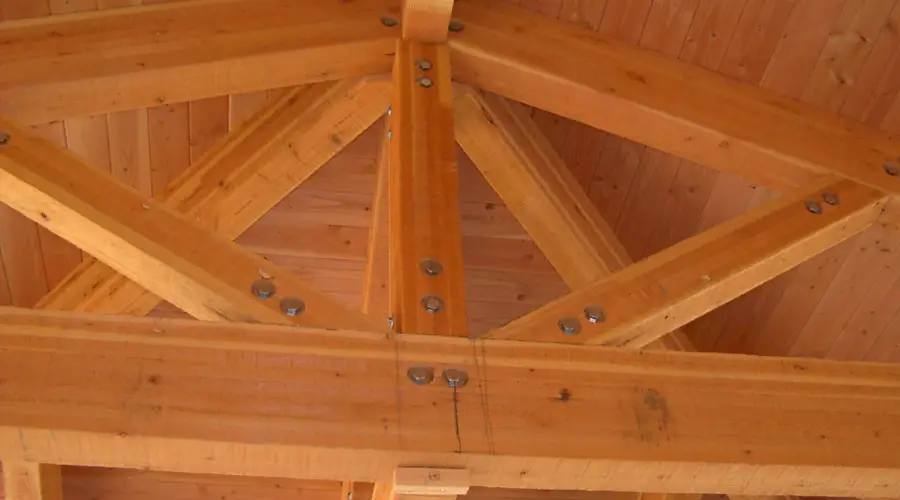
Although Type 4 construction is wood-based, it offers good fire resistance because it uses huge, slowly burning timber beams and columns. Non-flammable materials like concrete or brick are frequently used to construct outer walls. Often found in factories, farmhouses, and churches, these structures are sturdy, reasonably priced, and feature high ceilings and a rustic charm. They need to be well maintained to prevent water damage, are less fire-resistant than some varieties, and require the use of particular wood sizes referred to as “heavy timber.”
Type 5 Construction: Wood Frame
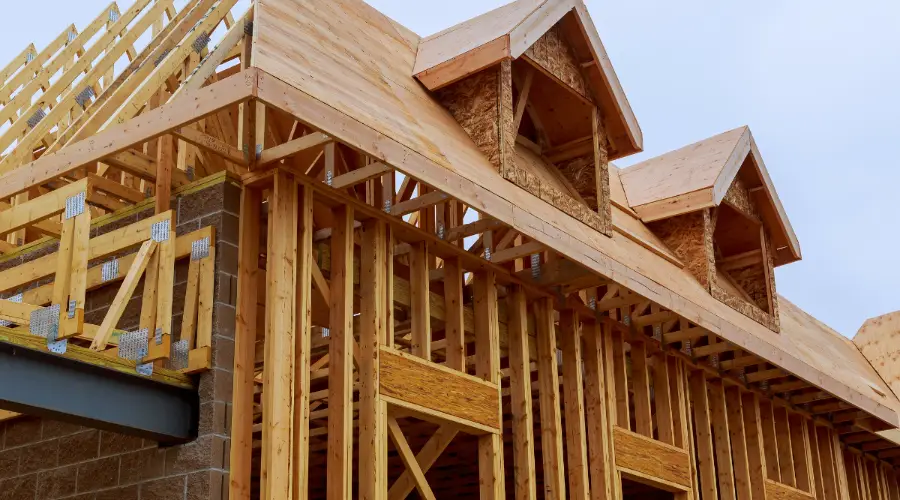
Type 5 construction is a straightforward, reasonably priced, and appreciated option for homes and small structures since it uses wooden boards for the walls, floors, and roof. It is quick to construct and simple to expand or change. It is sensitive to water, insects, and high winds, and it is the least fire-resistant of all the types. Fire-resistant materials are frequently put between apartments or adjacent homes to increase safety.
Conclusion
Any structure that satisfies the requirements and can fulfil the primary function of providing shelter, regardless of size, is considered construction. India uses a variety of construction techniques, each with unique advantages and difficulties. The nation’s diverse needs are met by options such as load-bearing, steel frame, prefabrication, wood construction, reinforced concrete, brick and mortar, and green building. Several variables, including project size, budget, environmental considerations, and regional preferences, affect the method chosen. India’s building sector is set for revolutionary transformations that will combine traditional and contemporary methods as technology and sustainability gain prominence.
FAQ’s
The following are the four categories of construction projects:
Constructing residences and apartment buildings.
Constructing malls, stores, and offices.
Constructing public amenities, roads, and bridges( infrastructure).
Building warehouses and factories.
The five main categories of building constructions are ordinary, heavy timber, wood-frame, non-combustible, and fire-resistant.
Commercial and industrial construction are often misunderstood as the same. Whereas industrial construction consists of factories, power plants, and chemical plants, commercial development consists of office buildings, shops, restaurants, and hotels.

